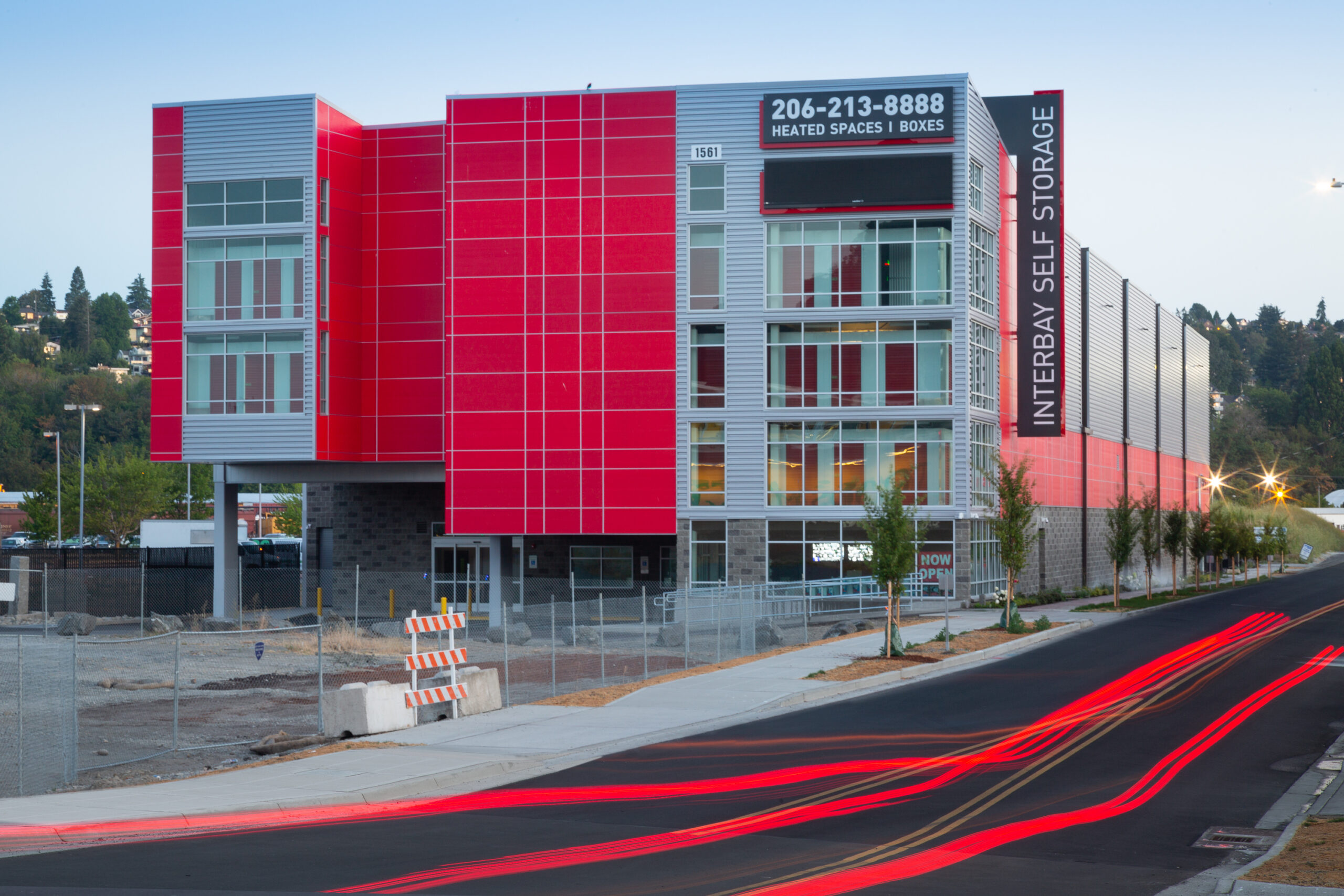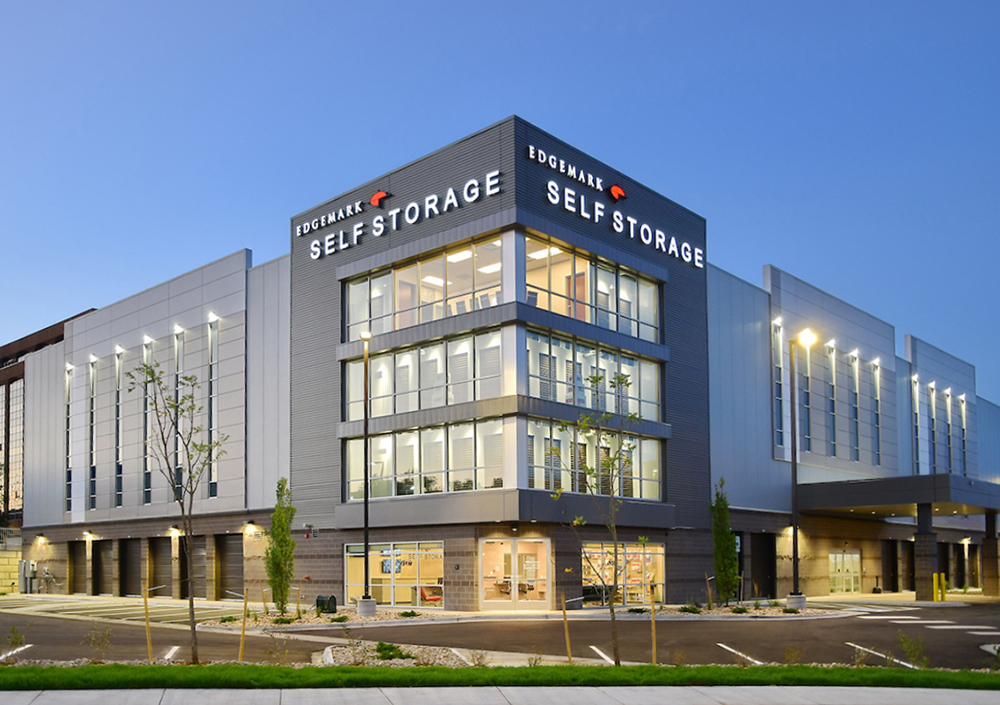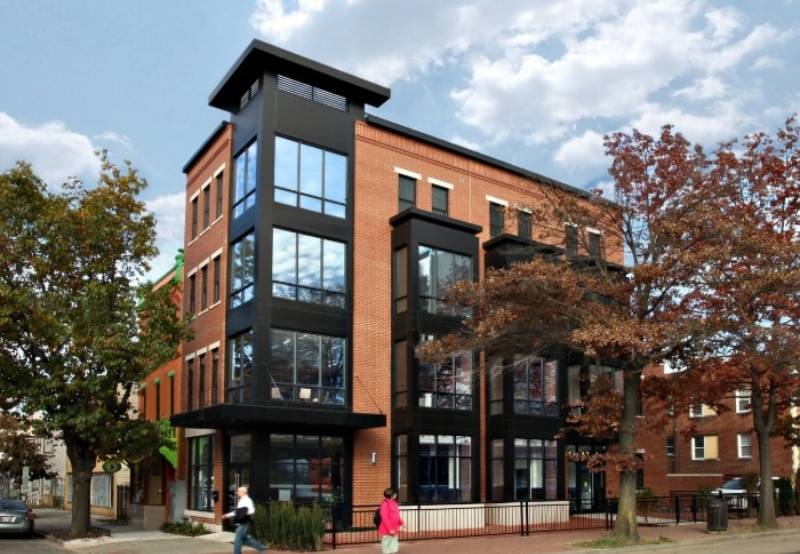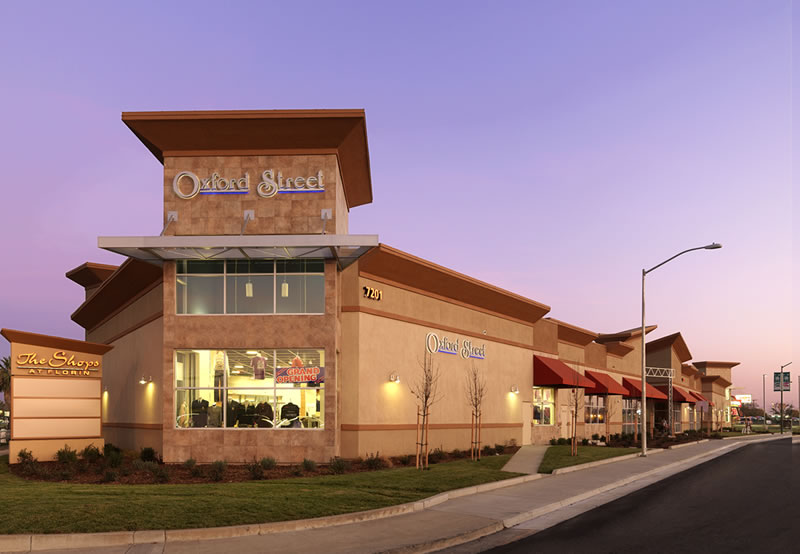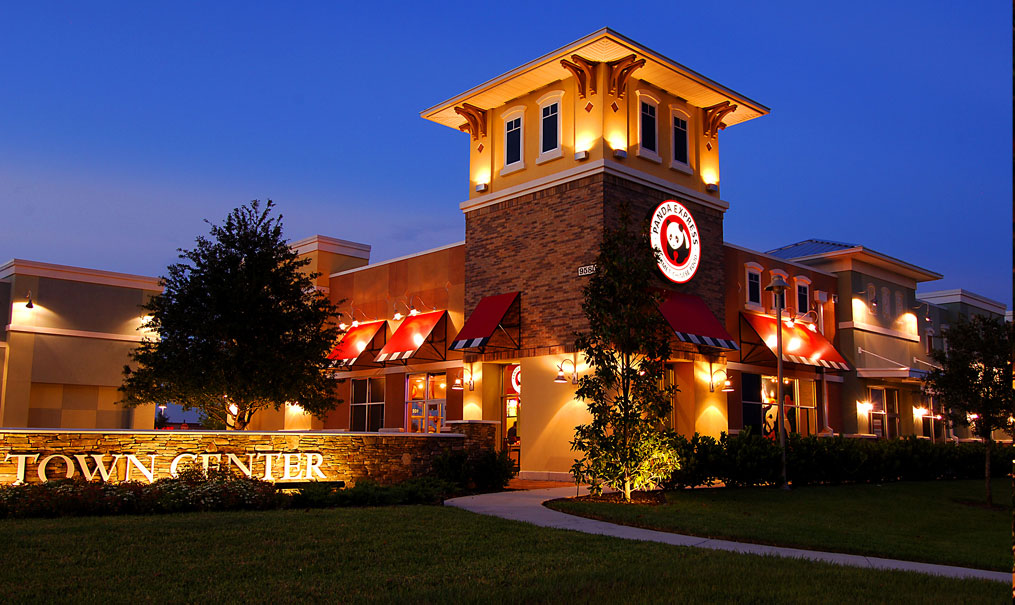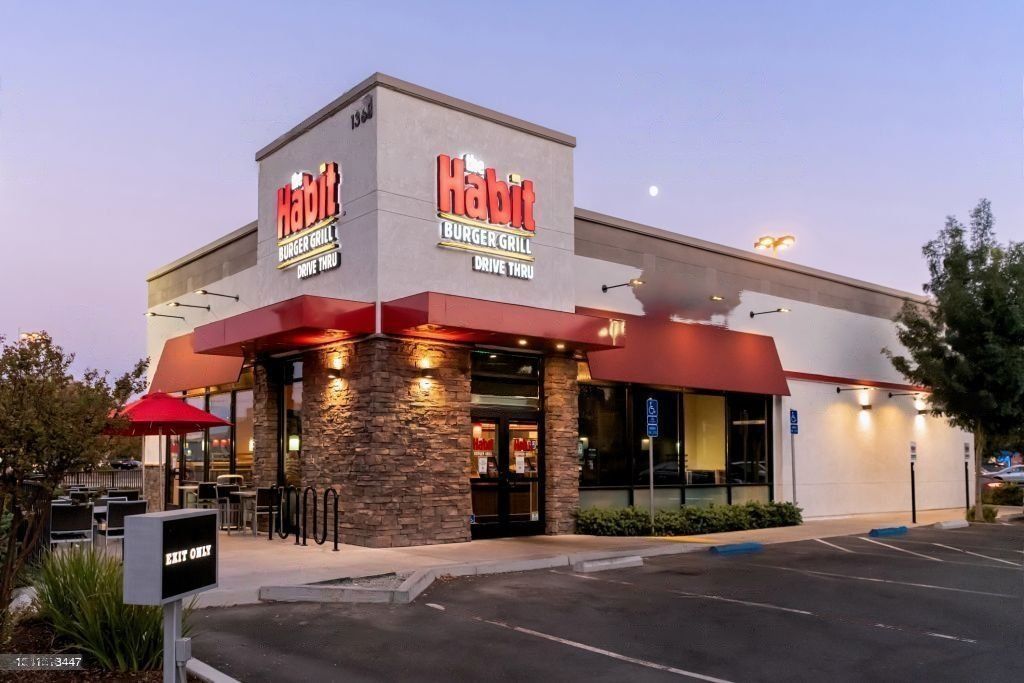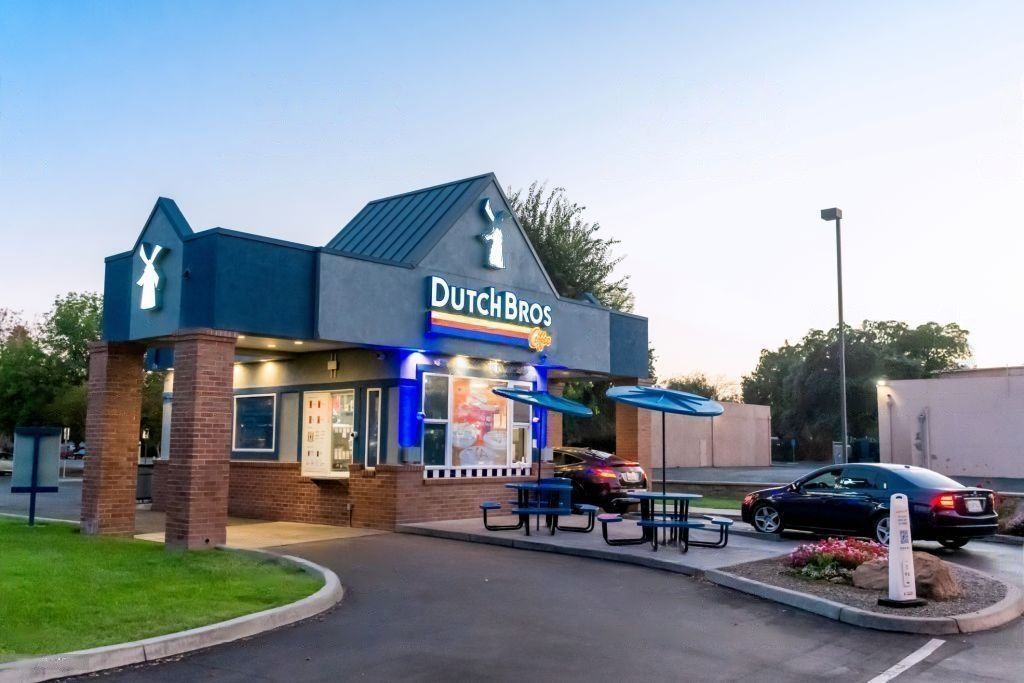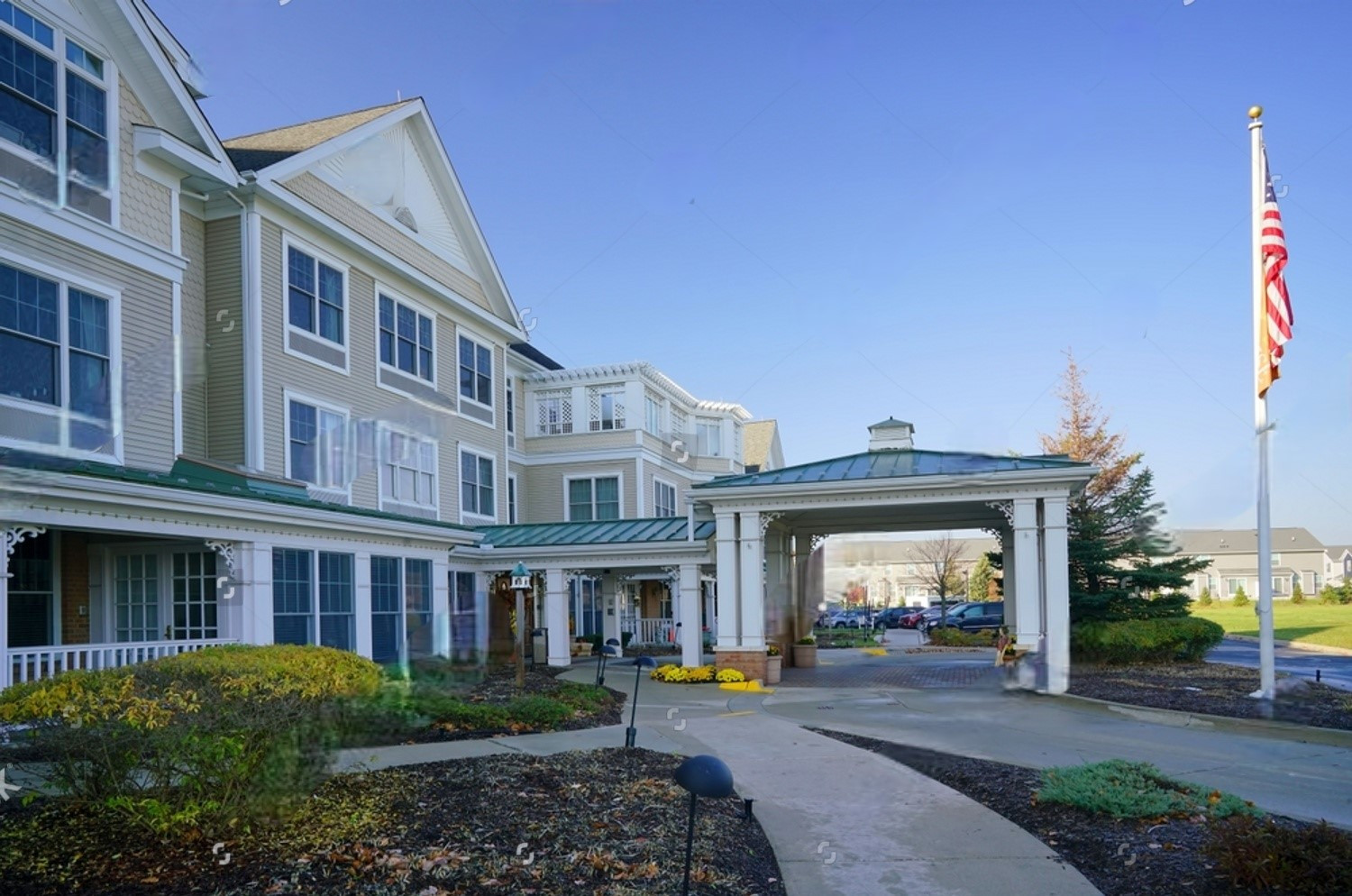In the rapidly evolving landscape of commercial real estate, the demand for innovative and effective marketing strategies has never been higher. CREOP has emerged as a frontrunner in the industry, providing a sophisticated marketing platform that revolutionizes the way properties are presented and promoted. This platform is not just a tool; it’s a game-changer, enhancing how brokers, syndicators, lenders, and sellers connect with potential buyers and investors.
Comprehensive Marketing Packages
CREOP offers proprietary cloud-based commercial real estate marketing tools that allow users to easily create company-branded marketing packages, including offering memorandums, proposals, and flyers. Simply by entering property data and uploading images, the platform automatically generates essential components like charts, graphs, tables, and financial analyses. This automation extends to creating property websites, a deal room for secure document sharing, and dynamic email campaigns, ensuring a seamless and efficient marketing process.
Versatile Real Estate Tools
The versatility of CREOP’s commercial real estate marketing tools caters to a wide array of commercial property types including retail spaces, multi-family buildings, industrial properties, office spaces, self-storage units, hospitality locations, and mixed-use developments. Each category benefits from tailored marketing materials that highlight key features and selling points, making it easier to attract niche markets and specific investor interests.
Financial Analysis Tools
Understanding and presenting financial viability is crucial in real estate transactions. CREOP’s software excels here by providing detailed income and expense analyses, multi-year cash flow projections, and critical metrics like the Internal Rate of Return (IRR), Debt Coverage Ratio, and Break-even Ratio. These tools are designed to give potential investors a clear and detailed understanding of a property’s financial health, enhancing transparency and trust.
Demographic Insights
In partnership with ESRI, a leader in demographic data, CREOP offers comprehensive demographic insights integrated into the marketing package. Users can access up-to-date information on population growth, household income levels, and economic indicators within customizable geographic areas. This capability allows marketers to better target potential buyers based on demographic trends and market demands.
Mapping and Visualization Tools
CREOP’s platform includes an advanced auto-mapping feature that allows users map the location without uploading anything OR users may upload and manage maps, site plans, floor plans, and aerial views of properties. This feature not only provides a better understanding of the property’s layout and potential but also helps in highlighting proximity to key amenities like freeways, airports, and cultural hubs. For those needing more specialized services, CREOP’s graphics team can create custom maps and visual representations to further enhance the property’s appeal.
Integration with ChatGPT
Leveraging the power of AI, CREOP integrates ChatGPT to transform simple bullet points and short phrases into detailed, professional narratives about the property. This tool simplifies the creation of engaging and comprehensive property descriptions, focusing on location advantages, community amenities, and accessibility. Such descriptions are vital in painting a vivid picture of the property for potential investors, making them more likely to consider the opportunity.
User-Friendly Platform
One of the standout features of CREOP is its user-friendly interface. No advanced computer or design skills are required to navigate or utilize the platform. This ease of use extends to all aspects of the marketing process, from creating promotional materials to distributing them. Additionally, CREOP’s dedicated support staff is always on hand to assist with any inquiries or needs, ensuring that users can maximize the platform’s capabilities.
Streamlining Property Marketing Processes
As commercial real estate continues to adapt to new market conditions and technological advancements, CREOP’s comprehensive suite of tools provides a robust solution for maximizing property exposure and attracting investment. The platform’s ability to integrate financial data, demographic insights, advanced mapping, and AI-generated content into a seamless marketing package makes it an invaluable asset for any real estate professional looking to succeed in 2024 and beyond. Book a demo today to witness our full suite of commercial real estate marketing tools.

